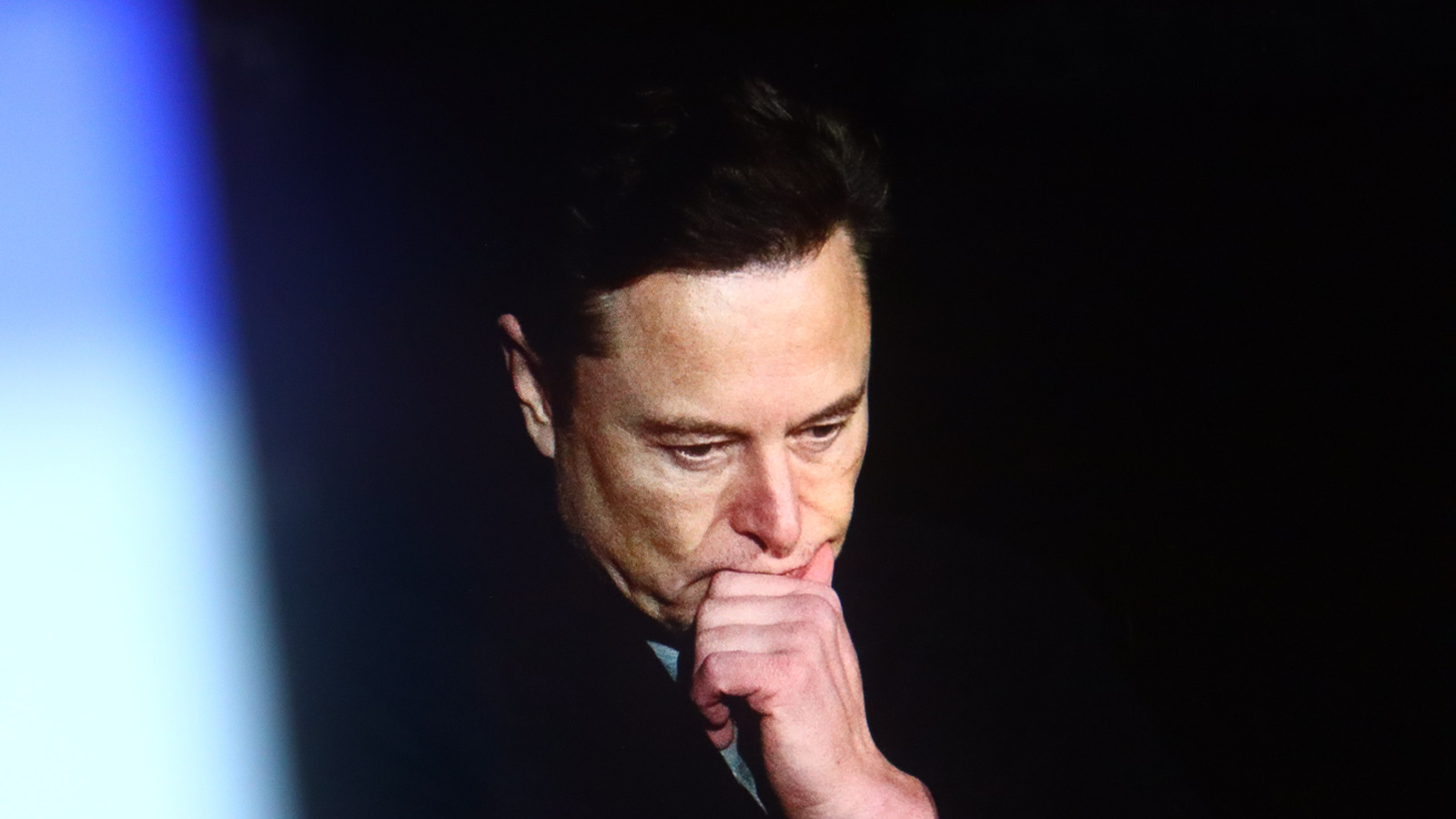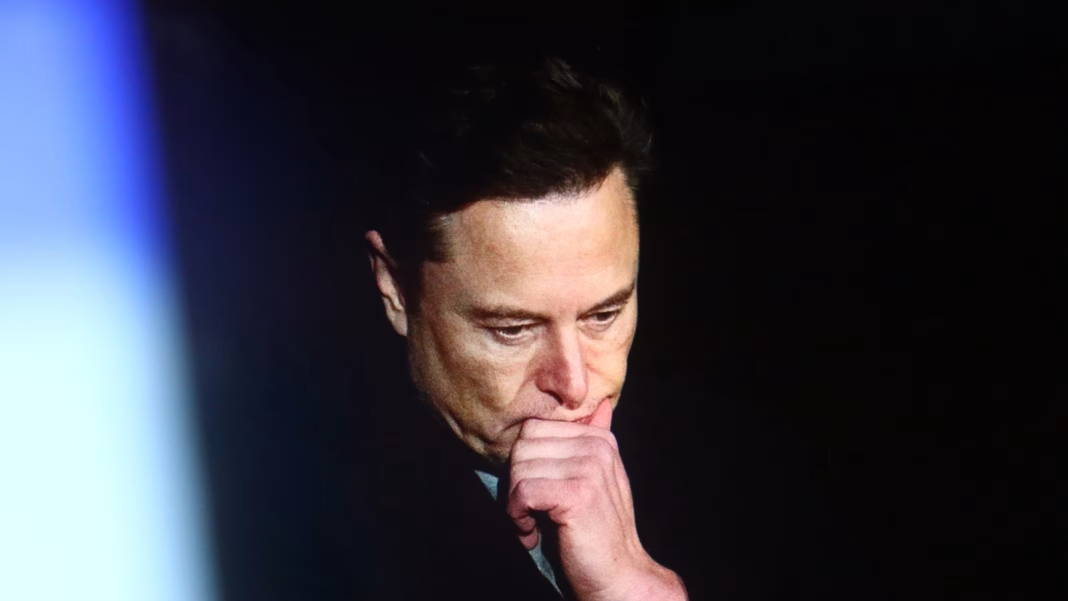Is Elon Musk’s Robotaxi Dream Realistic or Just Hype?
When Elon Musk makes a promise, the world listens. Sometimes with excitement, sometimes with a raised eyebrow. His vision for Tesla’s robotaxi fleet—autonomous vehicles that could earn you passive income while you sleep—has been one of his boldest claims yet. But how close are we, really, to seeing this future on our streets? Let’s dig into what’s fact, what’s fiction, and what it means for you.
What Exactly Is the Robotaxi Promise?
Musk’s robotaxi pitch is simple on the surface: buy a Tesla, let it drive itself, and watch it make money for you as a self-driving taxi. The idea is undeniably appealing. Imagine your car working for you, ferrying passengers around town while you’re at work or relaxing at home.
But here’s the catch—this vision depends on achieving full self-driving (FSD) capability that’s safe, reliable, and legal everywhere. As of early 2024, Tesla’s FSD Beta is impressive in some scenarios, but it still requires driver supervision and has faced regulatory scrutiny. According to the National Highway Traffic Safety Administration, there have been ongoing investigations into Tesla’s Autopilot and FSD systems after several high-profile incidents. So, while the dream is alive, the reality is a bit more complicated.
Why Is Full Autonomy So Hard to Achieve?
Self-driving technology is one of the most complex engineering challenges of our time. It’s not just about teaching a car to follow lanes or stop at red lights. The real world is messy—unexpected roadwork, erratic pedestrians, unpredictable weather. Even the best AI can struggle with these edge cases.
A 2023 report from the RAND Corporation highlighted that for autonomous vehicles to match human safety levels, they’d need to drive hundreds of millions of miles without a fatality. We’re not there yet. Tesla’s FSD Beta has logged millions of miles, but even Musk admits there’s work to do. And regulators are watching closely, especially after incidents where the tech didn’t perform as expected.
What’s the Financial Reality for Tesla and Its Investors?
Tesla’s stock price often swings on Musk’s promises, and the robotaxi narrative has been a key driver of investor excitement. But when timelines slip, so does market confidence. In April 2024, Musk’s net worth reportedly dropped by $12 billion overnight after a disappointing earnings call and renewed skepticism about the robotaxi timeline.
This isn’t just about Musk’s personal fortune. Investors are betting on Tesla not just as a car company, but as a tech leader that will dominate autonomous mobility. If robotaxis don’t materialize soon, Tesla could face increased pressure from competitors and regulators alike. On the flip side, if they pull it off, the upside could be massive.
How Do Other Companies Stack Up?
Tesla isn’t alone in the race to autonomy. Companies like Waymo and Cruise have already launched limited robotaxi services in select cities, but even these are tightly controlled and far from widespread. Waymo, for example, operates in parts of Phoenix and San Francisco, but with strict geofencing and constant human oversight.
The difference? Tesla’s approach is to roll out FSD to individual owners everywhere, not just in carefully mapped zones. That’s a much taller order. And while Tesla’s data advantage is real—they have millions of cars on the road collecting driving data every day—turning that data into safe, unsupervised autonomy is a leap that no one has made yet.
What Do Experts Say About the Timeline?
Ask a dozen experts when we’ll see true robotaxis, and you’ll get a dozen answers. Some, like MIT’s Lex Fridman, are cautiously optimistic, pointing to rapid progress in AI and sensor technology. Others, like Consumer Reports’ Jake Fisher, warn that overpromising can erode public trust and lead to regulatory backlash.
A 2024 survey by the Society of Automotive Engineers found that most industry insiders don’t expect widespread Level 5 autonomy (no human intervention needed) until at least the 2030s. That’s a far cry from Musk’s earlier predictions of robotaxis by 2020 or 2021.
What Should Everyday Drivers and Car Buyers Expect?
If you’re considering a Tesla today, it’s wise to view the robotaxi promise as a long-term bet, not an immediate reality. The cars are already packed with advanced driver-assist features, and over-the-air updates mean they’ll keep improving. But don’t expect to hand over your keys to an AI chauffeur just yet.
For those hoping to turn their Tesla into a money-making robotaxi, patience is key. Regulatory approval, insurance, liability, and public acceptance all need to catch up with the technology. In the meantime, enjoy the tech for what it is—a glimpse of the future, but not quite the finished product.
Where Does This Leave the Robotaxi Dream?
The big takeaway? The robotaxi revolution isn’t about perfection—it’s about smarter adjustments. Start with one change this week—maybe try out your car’s latest driver-assist update or read up on local self-driving laws—and you’ll likely spot the difference by month’s end. The future may not arrive overnight, but with each step, we’re inching closer to a world where your car could truly drive itself. And that’s a ride worth watching.


